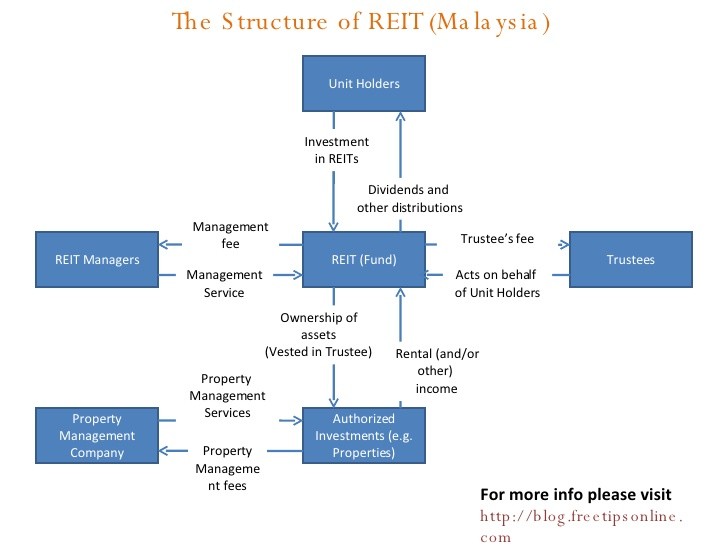Fees Complete Guide To Investment Companies Funds And REITs
Post on: 7 Апрель, 2015 No Comment

Hedge Funds — Fees
Hedge funds also differ quite radically from mutual funds in how they charge fees. Their fee structure is one of the main reasons why talented money managers decide to open their own hedge funds to begin with. Not only are the fees paid by investors higher than they are for mutual funds, they include some additional fees that mutual funds don’t even charge.
Management Fee
The management fee for a hedge fund is for the same service that the management fee covers in mutual funds . The difference is that hedge funds typically charge a management fee of 2% of assets managed and in some cases even higher, if the manager is in high demand and has had a very good track record. This fee alone makes managing a hedge fund attractive, but it is the next fee that really makes it a profitable endeavor for good fund managers.
Related Reading:
Incentive Fee
Most if not all hedge funds charge an incentive fee of anywhere between 10 to 20% of fund profits and some hedge funds have even gone as high as 50%. The idea of the incentive fee is to reward the hedge fund manager for good performance; if the fund’s performance is attractive enough, investors are willing to pay this fee. For example, if a hedge fund manager generates a 20% return per year, after management fee, the hedge fund manager will collect 4% of those profits, leaving the investor with a 16% net return. In many cases, this is an attractive return despite the high incentive fee, but with more mediocre managers entering the industry in search of fortune, investors have more often than not been disappointed with net returns on many funds.
There is one caveat to the incentive fee, however. A manager only collects an incentive fee for profits exceeding the fund’s previous high, called a high-water mark. This means that if a fund loses 5% from its previous high, the manager will not collect an incentive fee until he or she has first made up the 5% loss. In addition, some managers must clear a hurdle rate. such as the return on U.S. Treasuries, before they collect any incentive fees.
Hedge funds often follow the so-called two and twenty structure, where managers receive 2% of net asset value managed and 20% of profits, although these fees can also vary among hedge funds.
Hedge funds generally follow one of two types of structures: the first is a traditional hedge fund and the second is a fund of funds. A fund of funds is a hedge fund that holds a diversified portfolio of investments in other hedge funds.
Funds of funds are well-diversified investment vehicles made up of a variety of other funds. They typically have lower minimums and are a good way to invest in hedge funds with broad diversification. Some funds of funds invest in hedge funds with a variety of different strategies and a much higher level of diversification, while others, called single-strategy funds, will invest in a variety of funds having the same or similar strategies.
Fund of funds enable an investor to obtain instant diversification in a portfolio of hedge funds, which is particularly attractive for an investor with a portfolio that is large enough to invest in hedge funds, but too small to achieve proper diversification going directly into hedge funds. For example, with hedge fund minimums often starting at $1 million, it would be difficult for an investor with a $2 million account to diversify their portfolio of hedge funds. The maximum number of hedge funds they could invest in is two and that would not be a very prudent diversification strategy. A fund of funds, however, that is invested in 15 to 20 hedge funds and has a minimum investment of $500,000 enables the investor to gain exposure to the alternative asset class, without compromising the overall struct. There are advantages and disadvantages to funds of funds and the benefits to an investor are completely dependent on the investor.
These multi-strategy funds provide broader diversification and uncorrelated returns within underlying funds. The investor in this case relies on the skill of the fund manager to allocate the portfolio to appropriate strategies and to monitor and tactically adjust the portfolio as needed. An investment in a quality multi-strategy fund of funds is also appropriate for investors who do not have the skill or resources to determine which strategies are attractive in the current environment.














